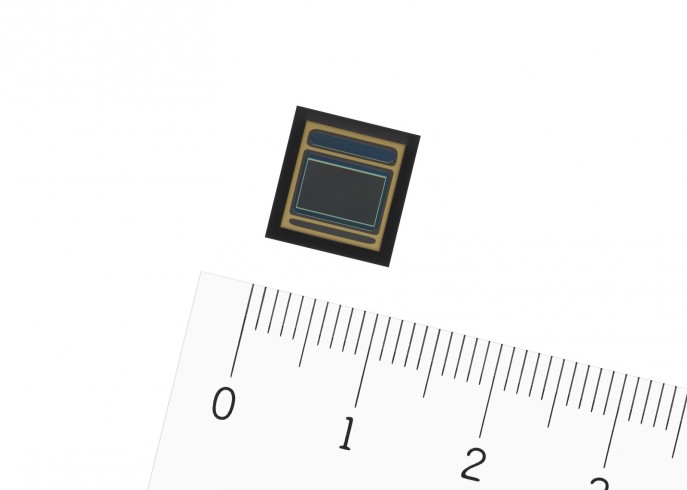
Called as IMX390CQV, the highly sensitive camera sensor is also the industry’s first CMOS image sensor that can shoot high dynamic range with simultaneously mitigating or reducing the flicker from LED light.
Not only can it accurately recognize LED signs and the LED lights of cars in front and behind vehicle, but also capture dynamic range image with no highlight blowout or loss of shadow detail in situations of dramatic contrast, such as when entering or exiting tunnels.
With many lights from streetlights to headlights and brake lights using LEDs, the flicker reduction capabilities allow the camera to more precisely recognize objects in the environment, said the company.
Its minimal megapixel design was a technology-enabler for such low-light visibility, as it allows each pixel to gather more light enabling the sensor chip to capture images in as low as 0.1 lux. As a result, the sensor measures 1/2.7 inches that enhances light sensitivity, providing a 1.5 times higher low-light visibility compared to conventional automotive cameras.
Sample shipments of the chip will begin in May, 2017, selling for 52,000 won.
- Simultaneous LED flicker mitigation and HDR functions
This image sensor uses original Sony pixel structure and exposure methods to achieve the industry's first*1-ever simultaneous LED flicker mitigation and HDR functions. LED signs and the LED lights of cars in front and behind the vehicle can be accurately recognized while enabling wide dynamic range image capture with no highlight blowout or loss of shadow detail in situations of dramatic contrast, such as when entering or exiting tunnels.

LED flicker mitigation function
In recent traffic environments, LEDs are often used for traffic signs and signals as well as automobile headlights and taillights. This means that automotive cameras must be able to capture these elements accurately. However, due to the fact that LEDs flash repeatedly at a very fast rate, which is normally unnoticeable to human eyes, when caught on camera they can generate an effect known as LED flicker. The LED light captured with the average CMOS image sensor often exhibits flickers, which impairs accurate recognition of signals and surrounding automobiles. Sony's new image sensor has addressed this issue by making the exposure time longer than the LED flicker frequency, thereby minimizing the likelihood of flicker.
120dB*2 HDR function
Automotive cameras must also be able to capture clear overall images with minimal noise, no loss of shadow detail, and no highlight blowout, even in situations of dramatic contrast, such as when entering or existing tunnels in the daytime, or driving in urban areas at night. The new image sensor features an original Sony pixel structure and exposure method that delivers an HDR function capable of 120dB*2 wide dynamic range shooting with low noise.
- High-sensitivity 1,953mV (standard F5.6)
The new image sensor is equipped with circuits possessing improved efficiency when converting electronic signals received from photodiodes to voltage signals. This delivers the highest sensitivity, approximately 1.5x that of conventional*3 image sensors for 2.0 megapixel class automotive cameras (according to Sony research). This capability enables the sensor to capture high-quality color images even in light conditions as low as 0.1 lux, which is equivalent to moonlight, enhancing camera reliability in rendering obstacles and persons.
Additionally, Euro NCAP, an organization involved in automotive safety rating in European countries, has decided to include nighttime pedestrians as targets for automatic braking collision avoidance systems in 2018. Going forward, this will drive increased demand for high-sensitivity, high-quality image capture capabilities in the automotive camera market.
- Meeting quality standards required for automotive applications
- Planned to meet the AEC-Q100 Grade 2 automotive electronic component reliability requirements this fiscal year
- Development process complies with ISO26262 automobile functional safety standards, resulting in a high level of design quality
Sensor meets ASIL C functional safety requirements

